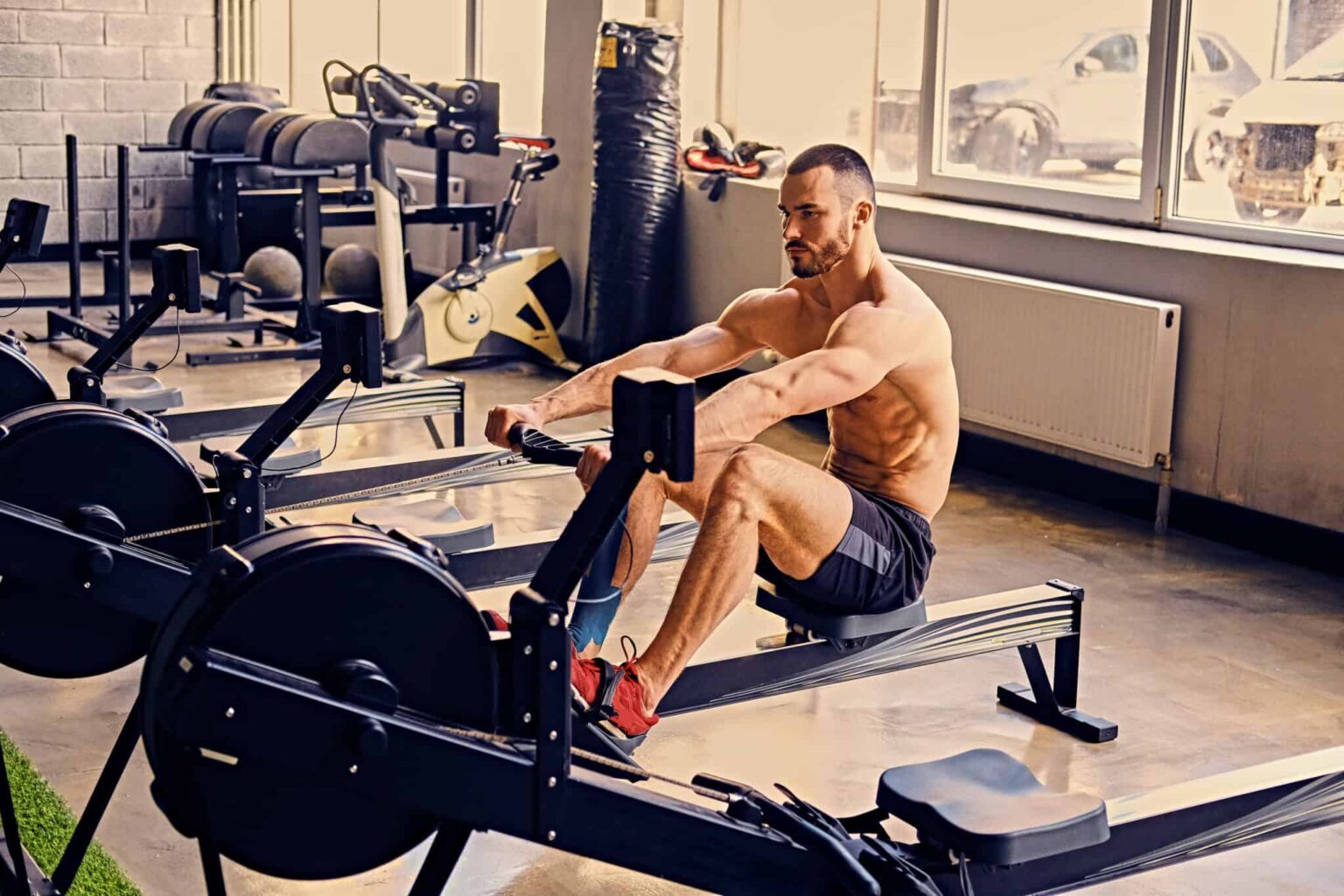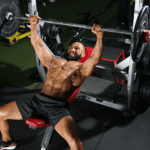Abs Workout: Effective Exercises for a Strong Core
A strong core isn’t just about aesthetics or getting “six‑pack” abs. Your core muscles—including the rectus abdominis, obliques, transverse abdominis and lower back—play an essential role in stabilising your body, supporting good posture and generating power for everything from lifting groceries to performing athletic movements. A well‑rounded abs workout develops these muscle groups holistically, helping to prevent injuries and improve overall fitness.
Why Core Strength Matters
Before diving into the exercises, it’s important to understand why core strength is so important. A strong core:
- Improves posture and balance: Your core stabilises the spine and pelvis, which helps maintain proper posture whether you’re sitting at a desk or sprinting up a hill.
- Reduces risk of injury: Weak core muscles can make you more susceptible to lower‑back pain and muscle strains. Strengthening these muscles builds a natural “corset” that protects your spine.
- Enhances athletic performance: Many movements—from swinging a bat to throwing a punch—originate in the core. A stronger midsection enables you to generate more power and move more efficiently.
- Supports everyday activities: From bending down to tie your shoes to carrying shopping bags, your core is constantly at work. A resilient core makes daily tasks easier and reduces fatigue.
Designing Your Abs Workout
An effective abs workout should incorporate a mix of static (isometric) and dynamic exercises, target all core muscle groups and progress in difficulty over time. Aim to perform this routine 2–3 times per week alongside your existing strength and cardio workouts. Always warm up beforehand and pay attention to proper form to maximise results and minimise the chance of injury.
1. Plank (Isometric Strength)
The plank is a foundational isometric exercise that builds endurance in the deep stabilising muscles of the core. To perform a plank:
- Start on your hands and knees, then extend your legs behind you so your body forms a straight line from head to heels. Place your hands directly under your shoulders.
- Engage your abdominal muscles, glutes and quads. Avoid letting your hips sag or pike up.
- Hold this position for 20–60 seconds, breathing steadily throughout. For a greater challenge, lower onto your forearms or try raising one leg at a time.
2. Bicycle Crunches (Obliques and Rectus Abdominis)
Bicycle crunches are excellent for targeting both the upper and lower abs while also engaging the oblique muscles:
- Lie flat on your back with your hands behind your head and legs extended. Lift your feet off the ground and bend your knees to a 90‑degree angle.
- Bring your right elbow toward your left knee while straightening your right leg. Switch sides in a pedalling motion—this counts as one rep.
- Continue alternating sides for 12–20 repetitions. Keep your lower back pressed into the floor and avoid pulling on your neck.
3. Russian Twists (Rotational Strength)
This exercise strengthens the obliques and improves rotational stability:
- Sit on the floor with your knees bent and feet flat. Lean back slightly to engage your core and lift your feet a few inches off the ground (you can keep them on the floor for an easier variation).
- Clasp your hands together and twist your torso to the right, then to the left, moving your hands beside your hips each time.
- Perform 16–24 total twists. For more intensity, hold a medicine ball or dumbbell.
4. Leg Raises (Lower Abs)
Leg raises isolate the lower part of the rectus abdominis and hip flexors:
- Lie on your back with your legs extended and hands tucked under your glutes to support your lower back.
- Keeping your legs straight, raise them toward the ceiling until they are perpendicular to the floor.
- Slowly lower your legs back down until they hover just above the ground. Avoid arching your lower back.
- Repeat for 10–15 repetitions. For added difficulty, try hanging leg raises on a pull‑up bar.
5. Mountain Climbers (Dynamic Stability)
Mountain climbers combine a plank with cardio, developing core stability and raising your heart rate:
- Begin in a high plank position with your hands under your shoulders.
- Engage your core and bring your right knee toward your chest, then quickly switch legs, alternating in a running motion.
- Continue for 30–45 seconds, keeping your hips level. Focus on controlled, steady movement rather than speed.
6. Dead Bug (Transverse Abdominis Activation)
The dead bug is a safe, beginner‑friendly exercise that targets the deep core muscles:
- Lie on your back with your arms extended toward the ceiling and legs raised so knees are bent at a 90‑degree angle.
- Keeping your lower back pressed into the floor, slowly extend your right arm behind your head while simultaneously lowering your left leg toward the ground.
- Return to the starting position and repeat on the opposite side. Perform 10–12 repetitions per side.
Tips for Maximising Results
- Prioritise form over quantity: It’s better to perform fewer repetitions with perfect form than to rush through a set with poor technique. Quality movement engages the correct muscles and prevents strain.
- Progress gradually: As your core gets stronger, increase the duration or intensity of each exercise. Add more time to planks, hold a weight during Russian twists or elevate your feet during mountain climbers.
- Incorporate variety: Mix up your abs workout every few weeks to keep your muscles challenged. Try side planks, reverse crunches or hanging knee raises for new stimuli.
- Pair with full‑body training: Core strength develops more effectively when combined with compound movements like squats, deadlifts and overhead presses, all of which engage the core.
- Maintain a balanced diet: Visible abs require both muscular development and a healthy body fat percentage. Focus on a balanced diet rich in lean protein, complex carbohydrates, healthy fats and plenty of vegetables.
Suggested Routine
Here’s a sample abs workout you can perform twice per week. Rest for 30–45 seconds between sets:
| Exercise | Sets | Repetitions |
|---|---|---|
| Plank | 3 | 30–60 seconds |
| Bicycle Crunches | 3 | 15–20 per side |
| Russian Twists | 3 | 20–24 total |
| Leg Raises | 3 | 12–15 |
| Mountain Climbers | 3 | 45 seconds |
| Dead Bug | 3 | 12 per side |
Final Thoughts
An effective abs workout isn’t about chasing perfection—it’s about building a solid foundation that supports your entire body. By incorporating a variety of movements that challenge stability, rotation and flexion, you’ll strengthen the muscles that power your everyday activities and athletic pursuits. Remember to stay consistent, listen to your body and celebrate incremental progress. With dedication and proper technique, a strong, functional core is within reach.










